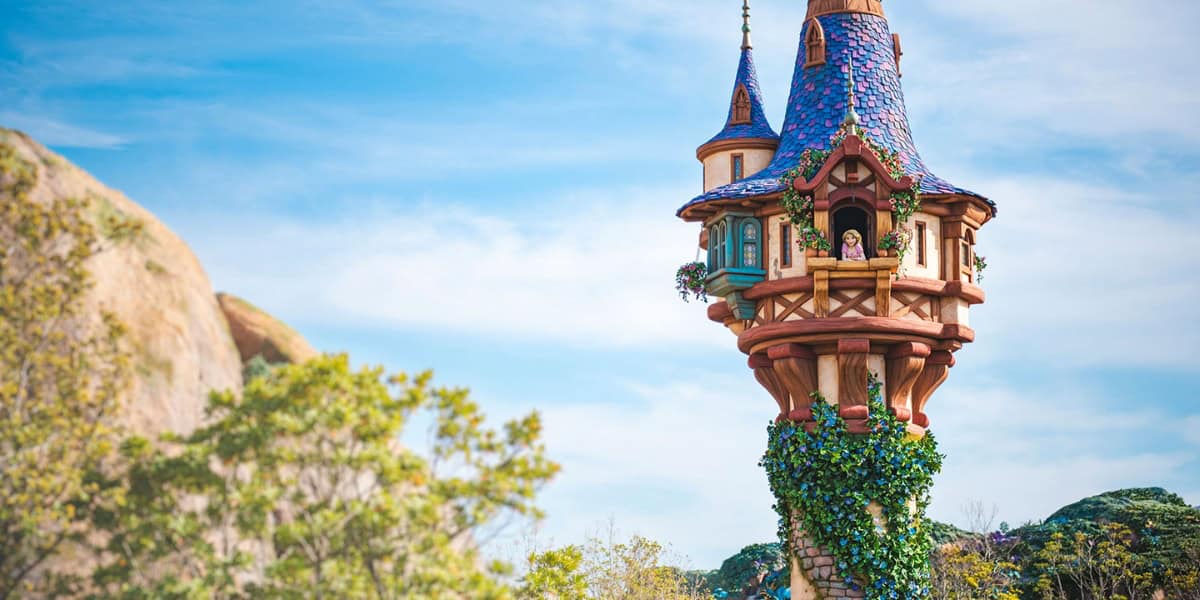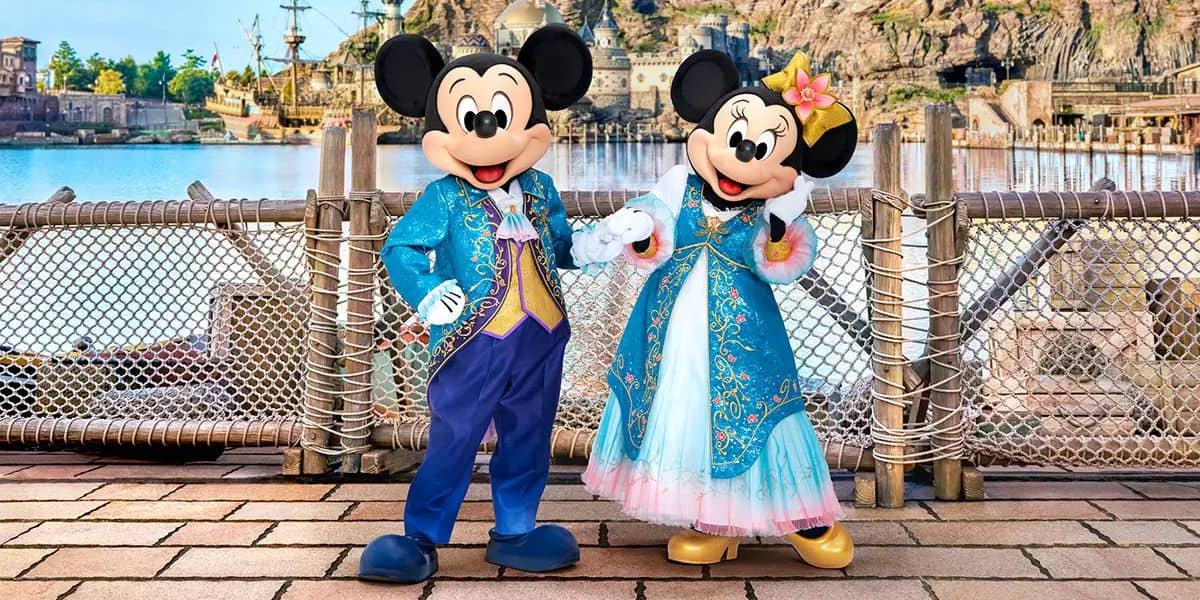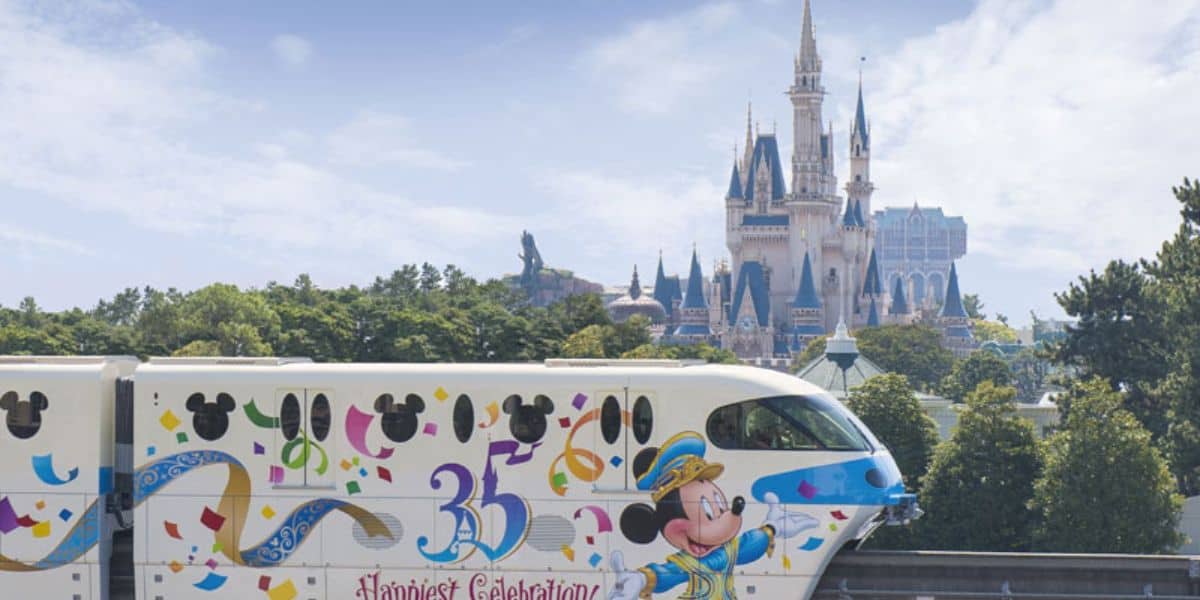Last week, fans were outraged when Walt Disney World and Disneyland announced their new Lightning Premier Pass, which would cost up to $449 per person for one day at the Magic Kingdom. Disney fans saw this as just another way that Disney World and the Disneyland Resort were becoming more out of reach for them and separating those who were willing to pay large sums of money from those who couldn’t.

The average Disney fan would think that Disney would slash prices after a summer in which Disney World and Disneyland reported record-low attendance. In some cases, Disney cut prices by offering discounted rooms and tickets for early 2025.
However, while the Walt Disney World Resort lowered room rates, the theme park raised the prices on everything else, nullifying any discounts they offered.
This strategy of having fewer people pay more seems new and has spread across The Walt Disney Company. Look no further than the latest earnings results from the Tokyo Disney Resort.

The Oriental Land Company owns Tokyo Disneyland, which pays The Walt Disney Company a licensing fee for the use of its characters and ride designs. Last year, Tokyo Disney opened Fantasy Springs, which cost a whopping $2.1 billion to build, the largest ever paid-for theme park expansion.
Because Oriental Land Company is publicly traded on the Nikkei Stock Exchange, it must report its earnings and projected earnings every quarter, with a detailed breakdown of attendance and revenue. These attendance and revenue breakdowns give outsiders the most insight into how Walt Disney World and Disneyland are being run.
The OLC reported that Tokyo Disneyland will not hit its crowd projections for 2024 and expects to only see a 5.5 percent increase in the first quarter of 2024. While a 5.5 percent increase in attendance may seem significant, it’s the lowest figure reported by the OLC since before the Pandemic.

Tokyo Disneyland expected a massive surge in attendance in 2024 due to the opening of Fantasy Springs, but it fell well short of its 29 million estimate.
Despite the decline in attendance, the OLC saw a 10.7 percent increase in revenue to $4.6 billion this year and is expecting that number to climb even higher in the first quarter of 2025.
So, one may ask, how does a company fall short of its attendance goals yet still see a massive increase in revenue? The answer is simple: charge fewer people more money.
During the Pandemic, Tokyo Disney cut all discounts on tickets and annual passes. Every guest must pay the total price for park tickets every day they enter the theme park.

This has become the model for Disney Parks in North America. Disney is pushing out the daily visitors by raising ticket prices and annual passes.
Instead, Disney wants people to stay for a week and spend tens of thousands of dollars on their vacation, making them more money. While this works in the short term, the OLC has found that it is not a feasible strategy.
The OLC has seen its stock drop to its lowest price since 2019. The company has lost $9 billion in value in the last four months.
Does this sound familiar? Since 2021, The Walt Disney Company’s stock has dropped by more than 50 percent and lost billions in value.
Despite all signs pointing against this strategy, Disney just told its most loyal fans that it’s doubling down this week. That’s why the new Lightning Lane Premiere Pass costs $449.
The post Of Course Disney’s Charging $449 for Its Lightning Lane Premiere Pass, It’s All a Part of Their Strategy appeared first on Inside the Magic.

